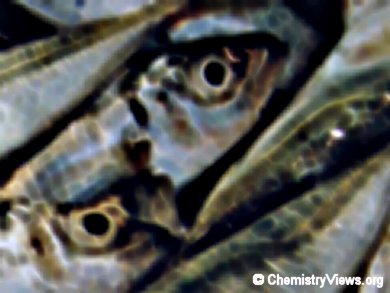Meagre (Argyrosomus regius) occur in inshore and shelf waters along almost the entire cost of Europe. The high-quality flesh is very nutritious and the fish lipids are well known to be rich in long-chain ω-3 polyunsaturated fatty acids (LC ω-3 PUFA). These cannot be synthesized by humans and must be obtained from their diet.
However, meagre are prone to overfishing and, hence, they are one of the most important cultured marine species in the Mediterranean region.
Sofia Miniadis-Melmaroglou, Technological Educational Institution of Athens, Greece, and colleagues compared the lipid and fatty acid composition of wild and farmed meagre. The total lipid content of the edible farmed fish parts was found to be 1.3- to 1.8-fold higher compared to wild fish parts. The ratio between monounsaturated fatty acids (MUFAs) and saturated fatty acids (SFAs), as well as the ratio between PUFA and SFAs was found to be significantly higher in wild fish compared to farmed fish.
Nevertheless, wild as well as farmed meagre have a PUFA/SFA ratio still in accordance with the recommended value of 0.45, which is considered appropriate for human diet. The differences are most likely due to differences in the diets of the fish, as the farmed fish is fed a commercial diet.
- Lipid evaluation of farmed and wild meagre (Argyrosomus regius),
Vassilia J. Sinanoglou, Charalampos Proestos, Dimitra Z. Lantzouraki, Antony C. Calokerinos, Sofia Miniadis-Meimaroglou,
Eur. J. Lipid Sci. Technol. 2013.
DOI: 10.1002/ejlt.201300346




